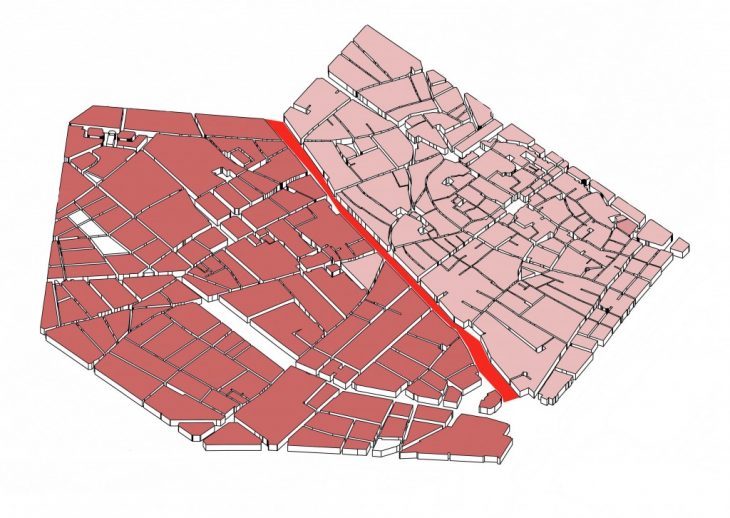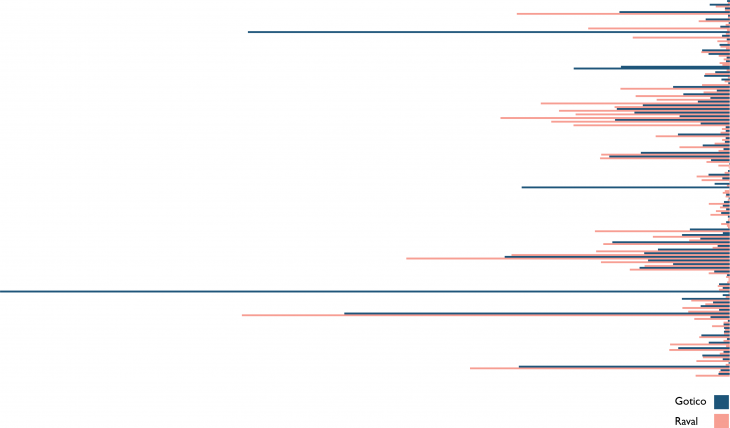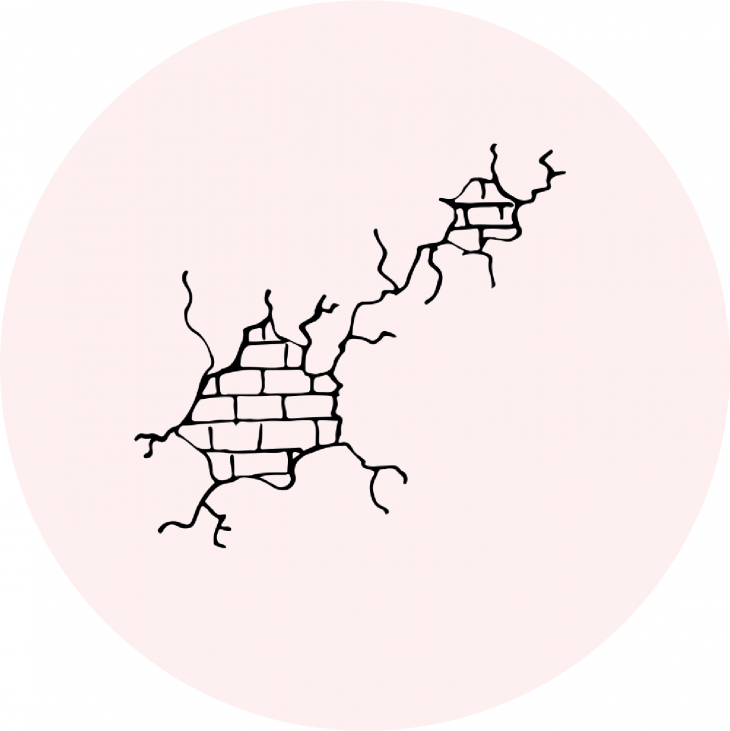
Being an integral part of the Ciutat Vella or The Old City, Las Ramblas – in addition to Raval and Gòtic -, managed to be the heart of Barcelona and one of the most crowded areas throughout time and significantly during our days.
Over the years, the noticeable impacts of globalization and economy were the decrease in localization, – whether citizens or commodities and services -, and the exponential increase in tourists and immigrants. This imbalance created an unstable, inauthentic and temporary “theme park” for its visitors who leave without having the least true impression of what Las Ramblas is about. Surrounded by cheap souvenirs manufactured thousands of miles away from the site, illegal activities, and a repetitiveness of fake illusions of Barcelona, one often wonders where the true essence of Las Ramblas disappeared.

Las Rambas through the eye of a local
Walking through the site with two locals enabled us to see, smell, do, taste and hear new things that we have not expirenced before. Although this was probably our 15th time to walk around La Rambla and Raval, it was the first time we get to accompany a local and discover the hidden alleys and secret spaces. From visiting a local pub and meeting Mona del Raval – in person – to eating Spanish Tortillas and walking along the “dangerous” Carrers!
The love of Las Ramblas was obvious the eyes of the locals, mixed with sadness for the state it has reached to. However, the most valuable things all residents hold close to their hearts is the diversity and multi-culture navigating the streets. It was clear at that point the significant need of social cohesion, social resilience and coexistence in the site.


Break the Paradigm
Create a reliable platform which unveils all the invisible walls between different segregation groups in Las Ramblas.

Recreating Values
By choosing to see the glass half-full, and celebrating the unique communal diversities in Las Ramblas, new values such as social cohesion are prioritized. Las Ramblas currently serves as an entertainment centre, a temporary consumer park for tourists, a comfort zone for immigrants and a nostalgic memory for locals.
In order to do that, the form of exchange would evolve from currency into information or data transfer between the different individuals, communities, entities and retail. Every social group on site acts as an important knowledge bank. Local – Catalan Nationals – can paint a story of the history of Las Ramblas and provide authentic information to tourists for example who might be mislead by today’s status-quo. In addition, homeless people know the secret alleys, perfect camp-spots and fresh water fountains. By creating an app that allows the interaction of all the different actors in Las Ramblas, where people can pin-point their favorite hidden locations, share local recipes, arrange tours and physically use it to meet and socialize, we could indirectly touch the social segregation and help influence the community to build bridges and unite.
Building Bridges is a project of IaaC, Institute for Advanced Architecture of Catalonia
developed at Master in City and Technology in 2017|2018 by:
Students: Camille Feghali, Najla Aldah, Ren Jiale
Faculty: Tomas Diez, Mathilde Marengo, Chiara Dallolio